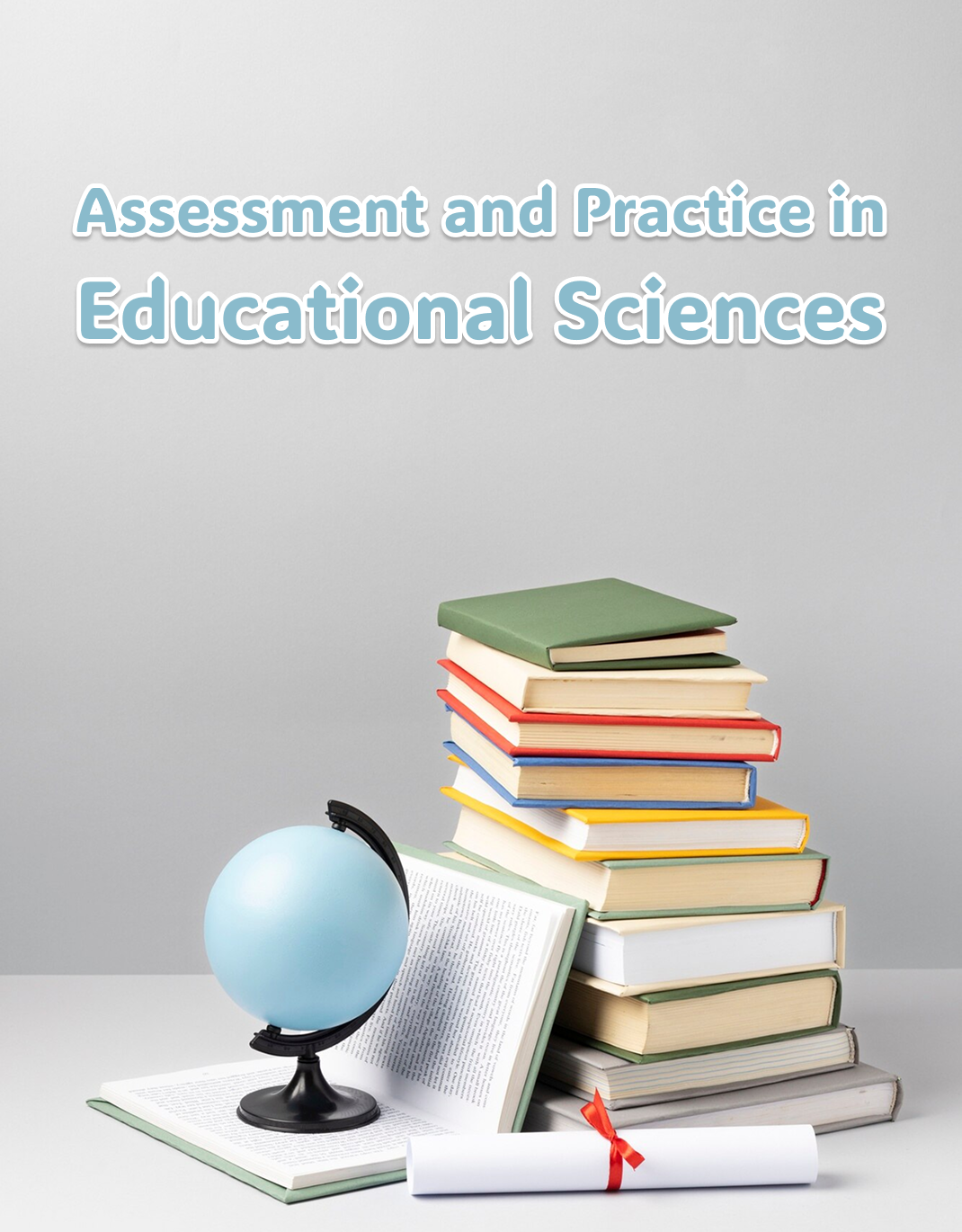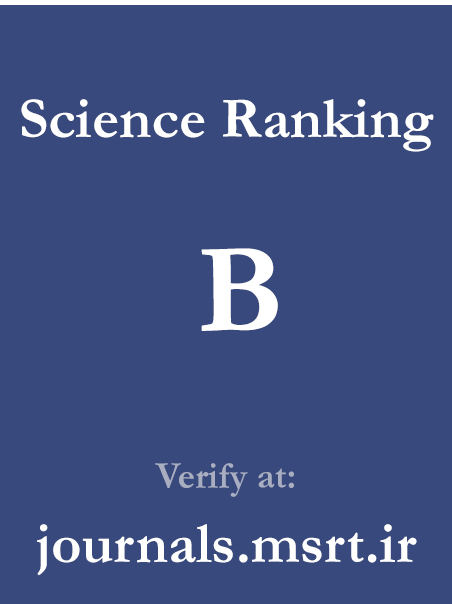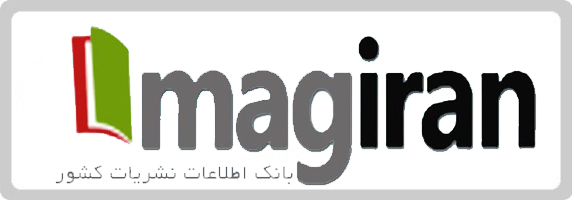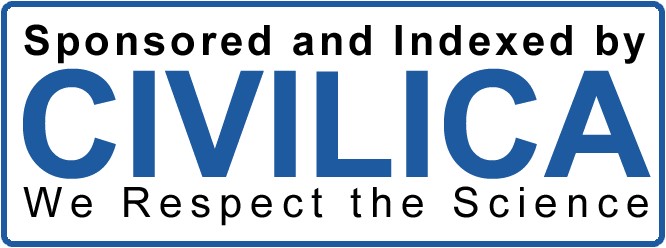Teaching–Learning Methods of Media Literacy Education for Farhangian University Students
Keywords:
Media literacy, teaching–learning methods, media, educationAbstract
The present study aimed to identify and explain the teaching–learning methods of the media literacy education curriculum for students of Farhangian University. This study was conducted using a conventional qualitative research design. In the qualitative phase, conventional qualitative content analysis was employed to analyze semi-structured interviews and scholarly texts. The statistical population consisted of experts in the field of media literacy and teacher education, who were selected through purposive sampling. Data analysis led to the extraction of 17 concepts, 4 subcategories, and 2 main categories, including “theoretical and practical methods” and “cognitive methods.” The findings also indicated the high validity and importance of these methods in improving the process of media literacy education. In line with previous findings, the results suggest that curriculum planners and teacher educators should use a combination of theoretical, practical, cognitive, and participatory methods in media literacy education to provide a deeper, more critical, and more sustainable learning experience for students.
Downloads
References
1. UNESCO. Global Policy Guidelines for Media and Information Literacy. United Nations Educational, Scientific and Cultural Organization, 2023.
2. Potter WJ. A Comprehensive Framework for Designing Media Literacy Curriculum. Journal of Media Literacy Education. 2022;14(1):1-15. doi: 10.23860/JMLE-2022-14-2-3.
3. Livingstone S. Media Literacy: Ambitions, Policies and Practices. Oxford Research Encyclopedia of Communication. 2021.
4. Buckingham D. The Media Education Manifesto: Polity Press; 2018.
5. Bulger M, Davison P. The Promises, Challenges, and Futures of Media Literacy. Journal of Media Literacy Education. 2018;10(1):1-21. doi: 10.23860/JMLE-2018-10-1-1.
6. Tufekci Z. Twitter and Tear Gas: The Power and Fragility of Networked Protest: Yale University Press; 2018.
7. Sultan A, Ahmed M, Tanaka Y. Evaluating Media Literacy Curriculum Structures in Teacher Education: A Comparative Study. Comparative Education Review. 2023;67(2):134-55.
8. Yousefi A, Nazari M. Curriculum analysis of media literacy at Farhangian University: Challenges and solutions. Journal of Curriculum Planning. 2022;16(1):25-44.
9. Ghazalsou M, Kazerouni N. Investigating the level of media literacy among student teachers at Farhangian University. Journal of Education and Training Research. 2022;35(2):89-102.
10. Hobbs R. The role of personal storytelling in media literacy education. Media Education Research Journal. 2021;11(4):55-70.
11. Alvermann DE. Media Literacy and Adolescents: Current Perspectives. Journal of Adolescent & Adult Literacy. 2021;64(5):579-84.
12. Pakdaman S. A qualitative analysis of media literacy teaching experiences in schools. Media Education Quarterly. 2021;12(3):45-63.
13. Yates BL. Media Education and Cultural Identity in a Global Context. International Journal of Media and Cultural Politics. 2020;16(1):53-70.
14. Korona M. Teachers' perceptions of media literacy competence during an online professional development. Journal of Media Literacy Education. 2024;16(1):36-49. doi: 10.23860/JMLE-2024-16-1-3.
15. Floridi L, Chiriatti M. GPT-3: Its Nature, Scope, Limits, and Consequences. Minds and Machines. 2020;30(4):681-94. doi: 10.1007/s11023-020-09548-1.
16. Zuboff S. The Age of Surveillance Capitalism: The Fight for a Human Future at the New Frontier of Power: PublicAffairs; 2019.
17. Lee LH, Braud T, Zhou P, Wang L, Xu D, Lin Z, et al. All One Needs to Know about Metaverse: A Complete Survey. arXiv preprint arXiv:211005352. 2021.
18. Akmatova A, Pakhyrova Z, Keneshbekova A. Media Literacy Education in High Schools. 2025:30-7. doi: 10.52773/tsuull.conf.2025./tdmr4354.
19. Shariati F, Niazazari K, Jabbary N. Presenting a Model for Virtual Education Considering Educational Equity with a Phenomenological Approach in Schools of Golestan Province. Iranian Journal of Educational Sociology. 2024;7(1):66-78. doi: 10.61838/kman.ijes.7.1.7.
20. Chryssanthopoulou K. Media literacy: A bridge between communication and education. The Future of Communication. 2025.
21. Ebrahim Aziz Al-Zarji R, Shariatmadari M, Al-Sharifi HJS, Agha Kathiri Z. Design and Validation of a Conceptual Model for Virtual Education Based on Media Literacy in Cyberspace: A Novel Approach to Teaching Biology in Iraq's Educational System. Management, Education and Development in the Digital Age. 2024;1(3):294-318. doi: 10.61838/medda.1.3.18.
22. Maharani SD. Interactive Learning Media: Literacy and Numeracy Limas House Balaputera Dewa Museum in Phase B. Research and Development in Education (Raden). 2024;4(1):617-29. doi: 10.22219/raden.v4i1.32832.
23. Taherpour kalantry M, Porshafei H, Ayati M. Designing Scenarios for the Development of the Teaching Profession Based on Future Research. Journal of Management and Planning In Educational System. 2023;16(1):173-98. doi: 10.48308/mpes.2023.102616.
24. Bezi A, Fakoori H, Bayani AA, Saemi H. Design and Validation of an Environmental Education Curriculum Model for Higher Education Based on the "Aker" Approach. Iranian Journal of Educational Sociology. 2024;7(1):79-90. doi: 10.61838/kman.ijes.7.1.8.
Downloads
Published
Submitted
Revised
Accepted
Issue
Section
License
Copyright (c) 2025 Soltan Parviz; Ali Asghar Bayani, Hossein Fakouri, Hassan Saemi (Author)

This work is licensed under a Creative Commons Attribution-NonCommercial 4.0 International License.




